
Traditions of Kütahya’s Armenian Ceramic Artisans Preserved and Reinterpreted in Gyumri
Artisans in Gyumri, Armenia’s second largest city, have assumed the monumental task of preserving and reinterpreting the traditions of the master Armenian ceramic artists who once lived in Kütahya, a town just southeast of Istanbul.
“Civilizations are closed by layers and are disrupted. The important thing is to open those layers and ensure uninterrupted continuity," says Antonio Montalto, Honorary Consul of Italy in Armenia, and founder of the ceramics school in Gyumri.
Kütahya’s ceramic art flourished in the 17th and 18th centuries. The best works of that period are preserved in the Hermitage, the Louvre, the Mkhitarian Congregation’s Museum in Venice, and the British Museum of Art and History.
Jerusalem’s Church of the Holy Sepulcher (Church of the Resurrection), Kayseri’s Armenian Apostolic Church of the Archangels (Hreshdagabedats), and Armenian Apostolic churches in Istanbul and Nor Jugha are adorned by the art of the Kütahya Armenian ceramicists.
A clay censer made in Kütahya in the first half of the 18th century, decorated with the image of a cross and Armenian letters and dedicated to the Holy Virgin Mary, is currently kept in the Cincinnati Museum (Ohio, USA).
Due to lack of knowledge, the works of Armenian potters are often presented as Islamic. However, according to experts, Muslim potters mostly made works with symmetrical designs, while the deer and other animals created by Armenian potters were in motion.
I talked to Mr. Montalto in the ceramics’ exhibition hall at the Villa Kars Hotel in Gyumri.
“It is very important that Armenian ceramics represent Gyumri in international exhibitions, forcing people to look for this city on the map and, thanks to the ceramics, to buy a plane ticket and come and see the rest. What we are doing is connecting the history of two civilizations. Thanks to ceramics, Kütahya and Gyumri are inseparable,” says Montalto.
A doctor by profession, Montalto came to Armenia after the 1988 Spitak earthquake as the head of a large humanitarian and construction project. He fell in love with Gyumri, a city known for its 19th century black tufa-stone buildings.
Describing himself as an “irrepressible optimist”, Montalto says what drives him is his quest to accomplish something every day.
“I am very lucky, because I have a few hours to do something, not yesterday, not tomorrow, but today, right now, to change myself, to change the world. This has been, is and will remain the driving force of all my initiatives,” he tells me.
Recalling how his love for ceramics started, Montalto says it all began in Spitak, in 1989, where an Italian neighborhood was created.
“We were building the Italian quarter in Spitak. Armenian children often came to our Family Center. It was one of the few places in the city where it was warm and bright. We tried to keep them occupied. We taught them macrame, to craft items out of wood, to make small carpets,” he says, adding that an Englishman in his team was a master at making clay kilns.
They opened a pottery school in Spitak but his interest in Kütahya ceramics blossomed when he moved to Gyumri.
Over the past fifteen years, forty budding artisans have honed their skills at the Gyumri School of Ceramics.
Touring the school, I meet François Fresnais. He’s one of the specialists from France who teaches at the school.
"The clay speaks to me," says François, "I am 63 years old and have devoted more than half of my life to pottery. I was in school when I took clay in my hands for the first time and since that day we have been inseparable. After all these years, I can say that I am satisfied that I chose pottery as a way of life."
François admits that he had no idea about Armenian pottery, especially the ancient pottery art of Kütahya, before visiting Gyumri.
His coworker, Jacques Lardin, is from Rouen, France and has been making pottery for 44 years. French potter Gérard Leclercq is tight-lipped and refuses to be interviewed. Francois, Jacques and Gerard are in Armenia for the first time.
"It's a small, lovely city with interesting buildings that we’ve come to love," says Jacques. Unfortunately, we don't have time to visit many places. We are here to pass on what we know to Armenian potters. I mostly specialize in Rouen pottery, which has a centuries-old history. Here, I learned that Armenian ceramics also began to develop in the same period. For me, this visit was a good opportunity to compare the pottery of Rouen and Kütahya."
The French potters reached Gyumri thanks to the Lyon-based Muscari association headed by Manuel Pamogjian. They’re amazed by the decorating skills of the local artists.
Mher Hovhannisyan, an artist and painter at the school, smiles smugly. His works and those of other local artists were highly praised at the international ceramics exhibition held in Lyon in the fall of 2021.
"I am a painter by profession. I had very little to do with ceramics when I worked at the Family Center. I learned about the ceramics school, and I have been a member of the team for five years now. To tell the truth, my first work commissioned by Mr. Montalto was a painting. He was probably testing my painting and color perceptions,” Hovhannisyan says with a smile.
Not everyone who comes to the school stays in the ceramics field. Montalto says its enough to impart a knowledge of ancient Armenian pottery and miniature painting, to develop an aesthetic sensibility.
“Besides Gyumri, there are plans to have ceramics schools in other communities, especially in the border areas. Our gaze is directed south. We are now working in Goris and the Syunik village of Hartashen,” he says.
When asked to explain why an Italian is dedicated to popularizing Armenian art, Montalto says one’s nationality isn’t a factor.
“To publicize culture, art and crafts, nationality does not and should not play a major role. In my opinion, the most important thing is a person's love and passion for all that. It is the glue that allows you to unite your ideas and bring them to life.”
Photos by Vazgen Asatryan
 Videos
Videos Photos
Photos

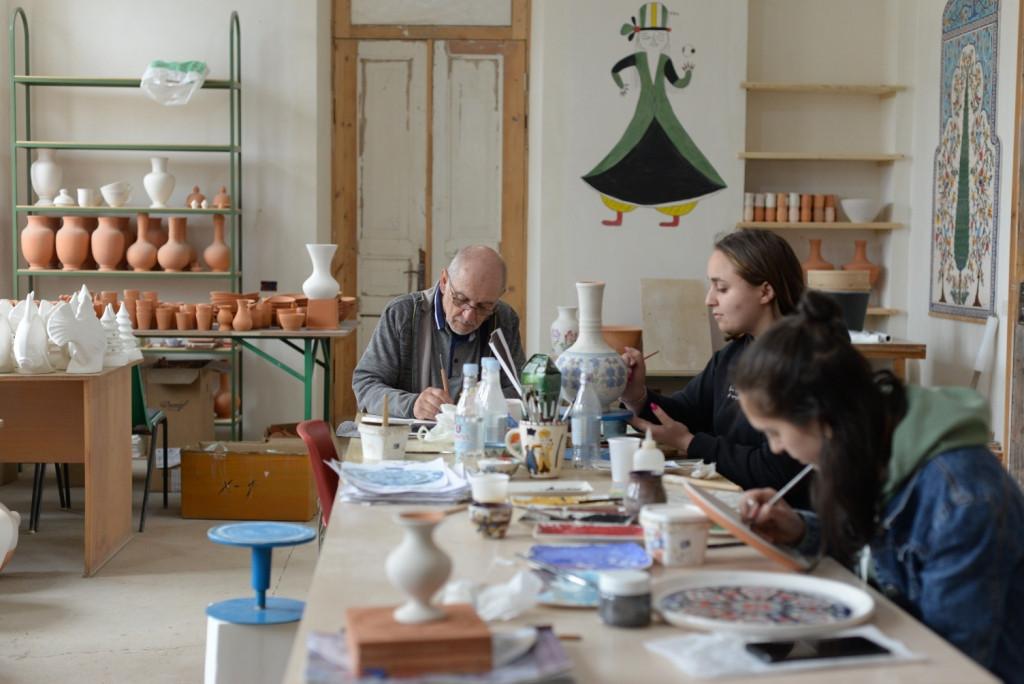
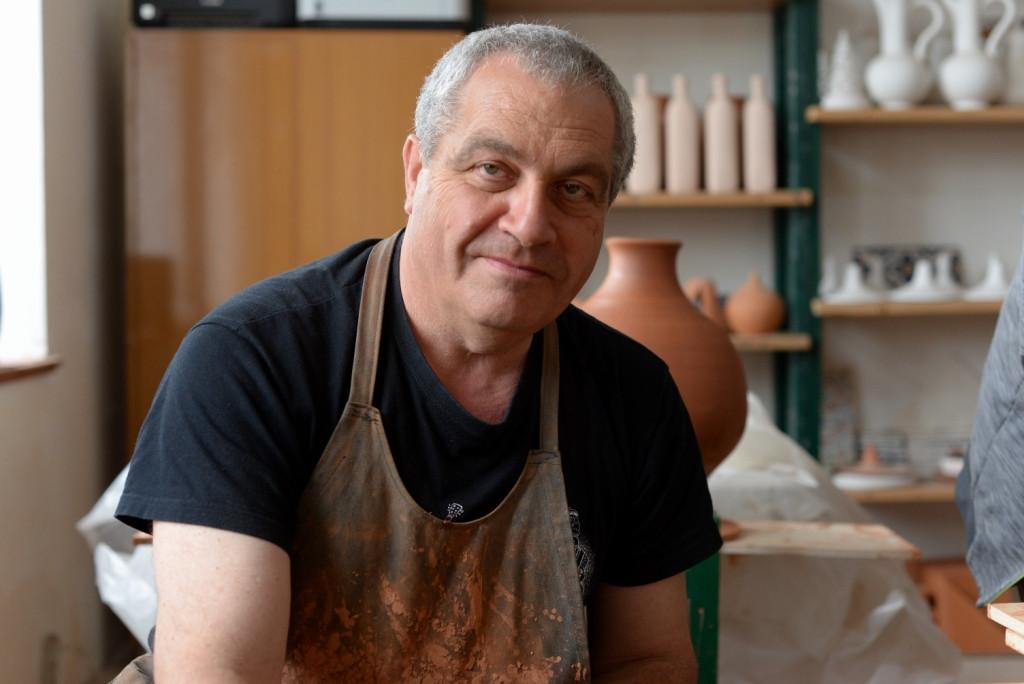
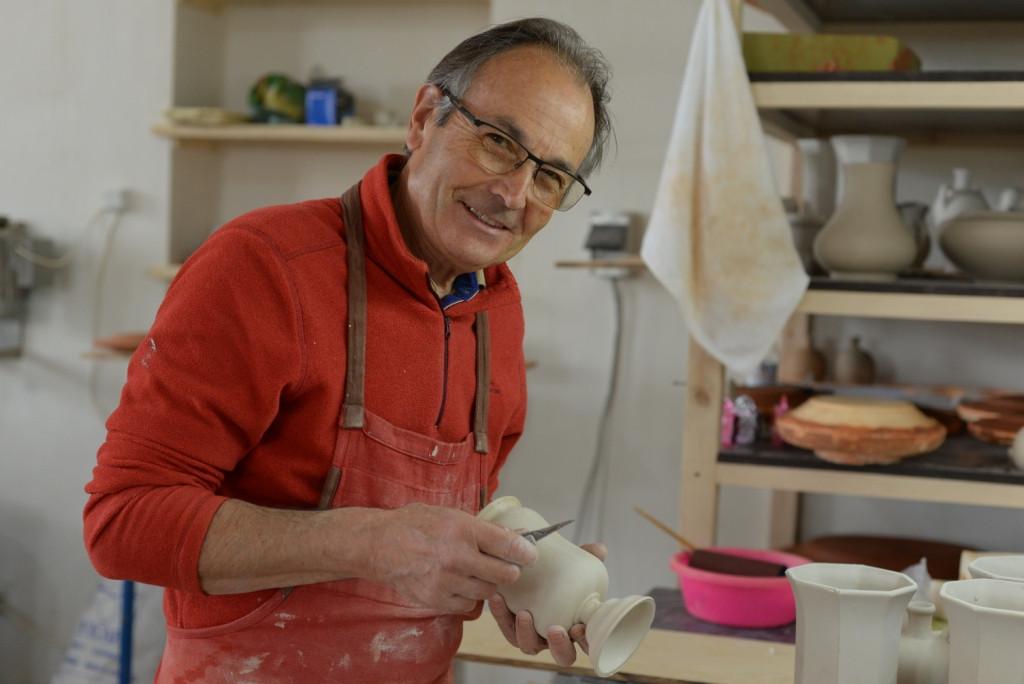
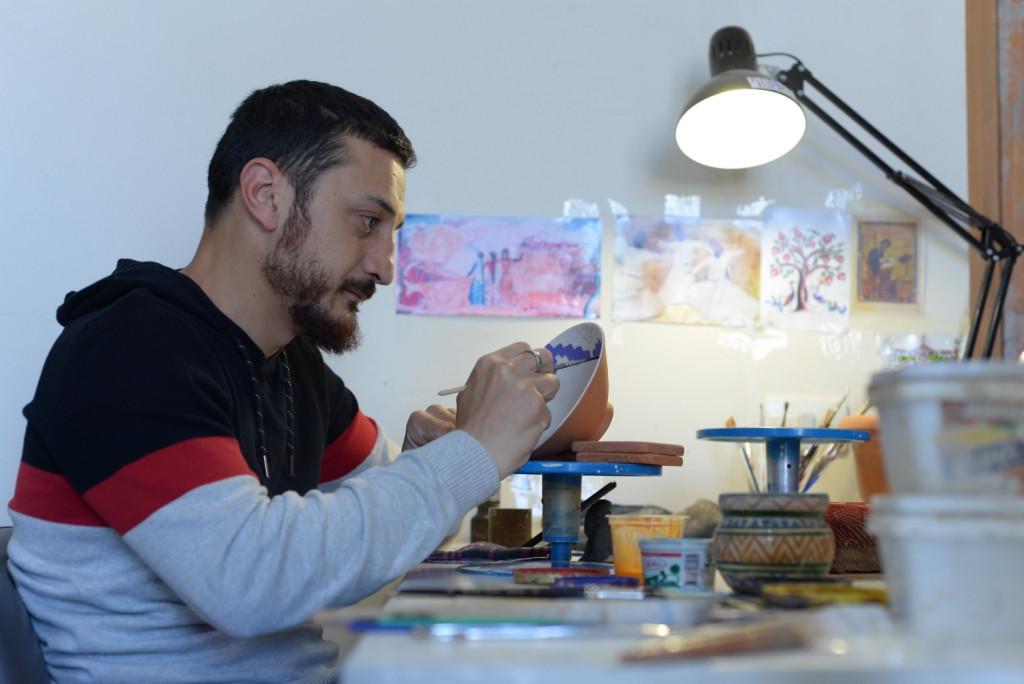
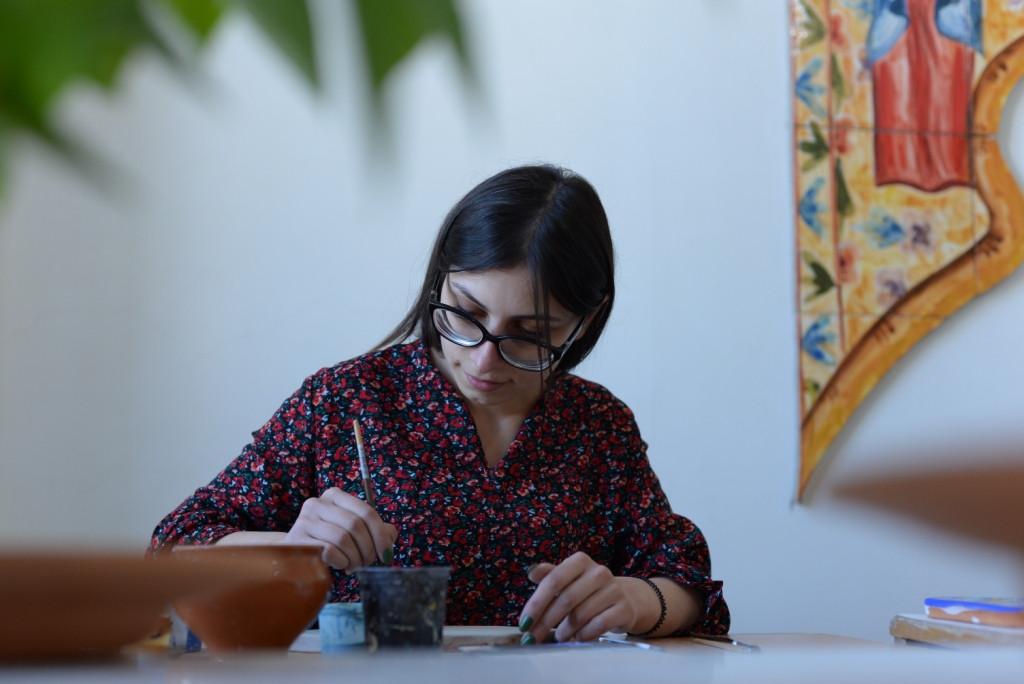
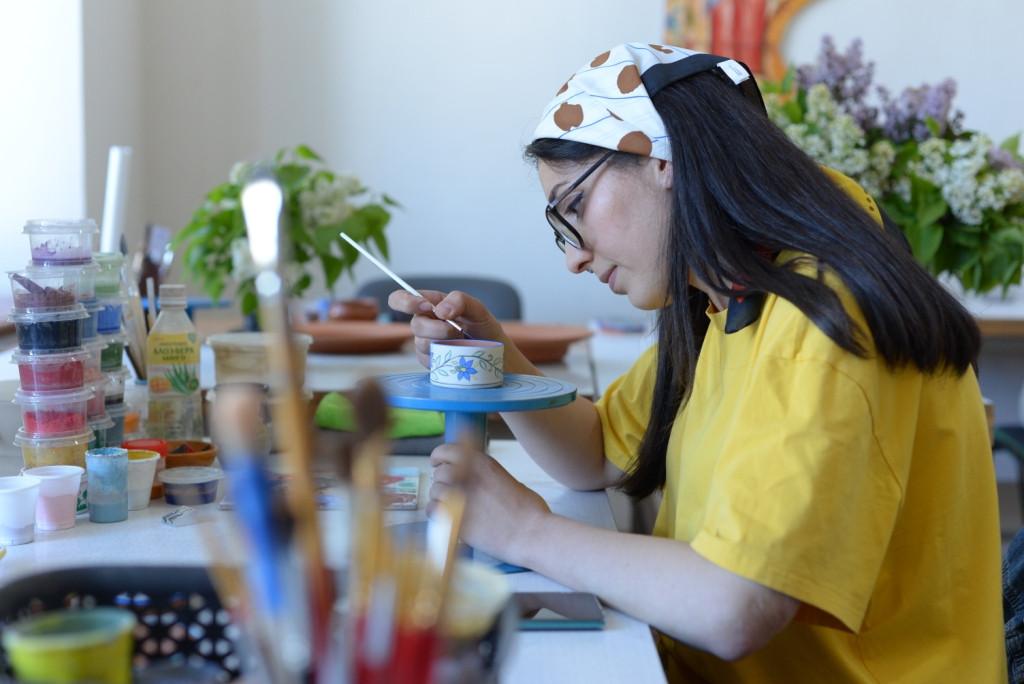
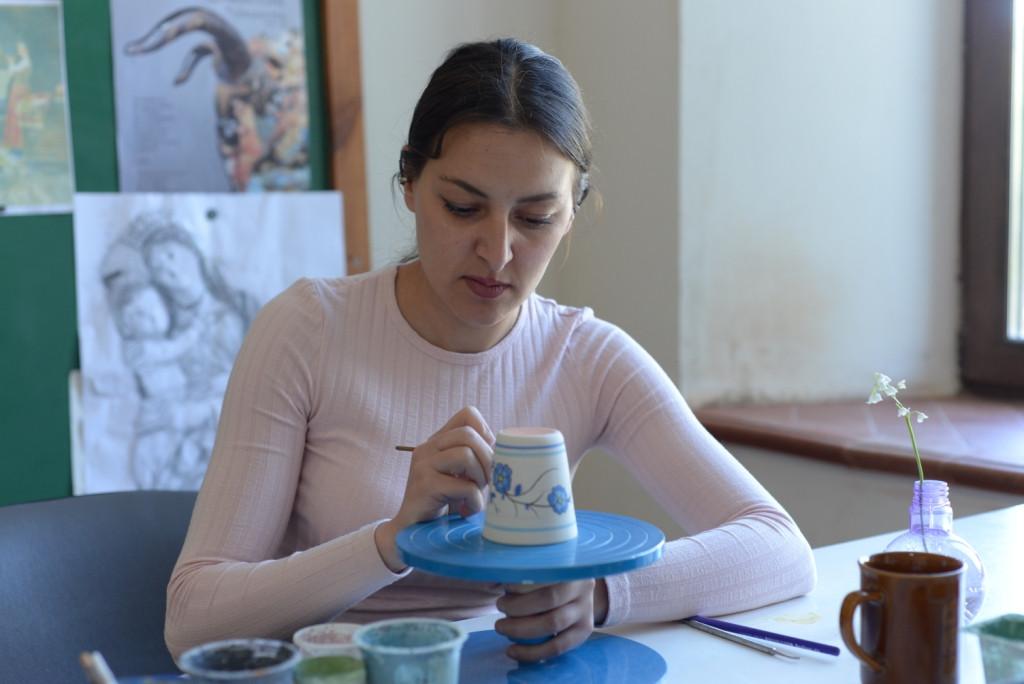

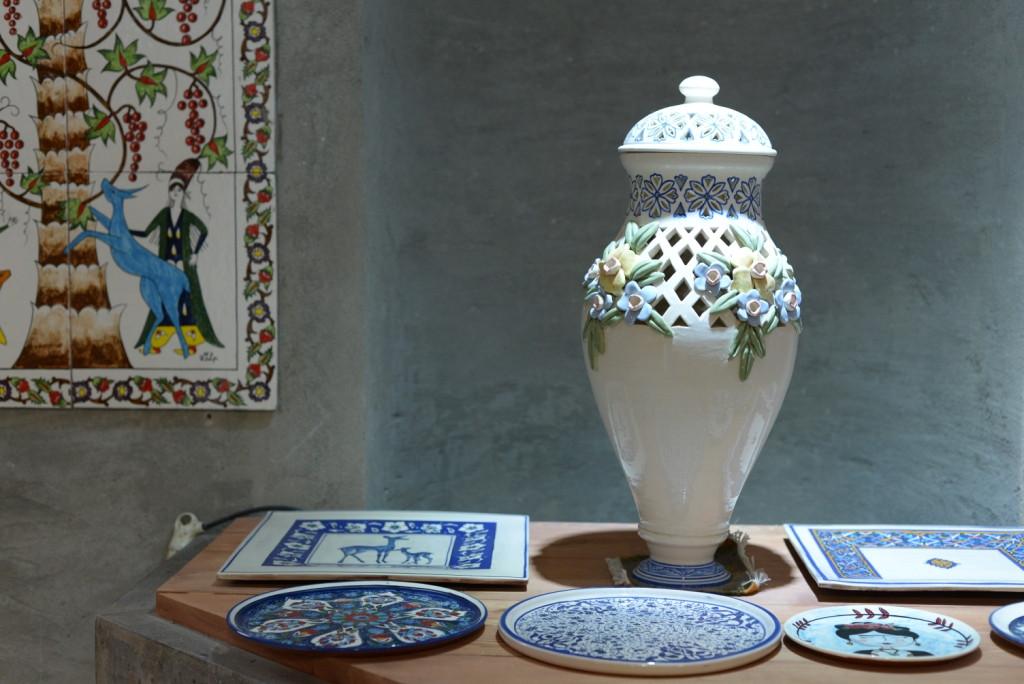
Comments (2)
Write a comment